This post contains affiliate links for your convenience.
Irish or not — here’s a sweet treat you can give your kids this St. Patrick’s Day.
Grab a mini wooden flower pot at any craft store for about a quarter a piece. Add a little black paint and gold glitter. Once it dries all you have to do is add your multicolored mini Twizzlers (or cut regular size Rainbow Twizzlers and add them) and you’re finished. Rainbow and pot of gold in one.
Easy, tasty, and oh so cute!
Check out our other St. Patrick’s Day crafts:
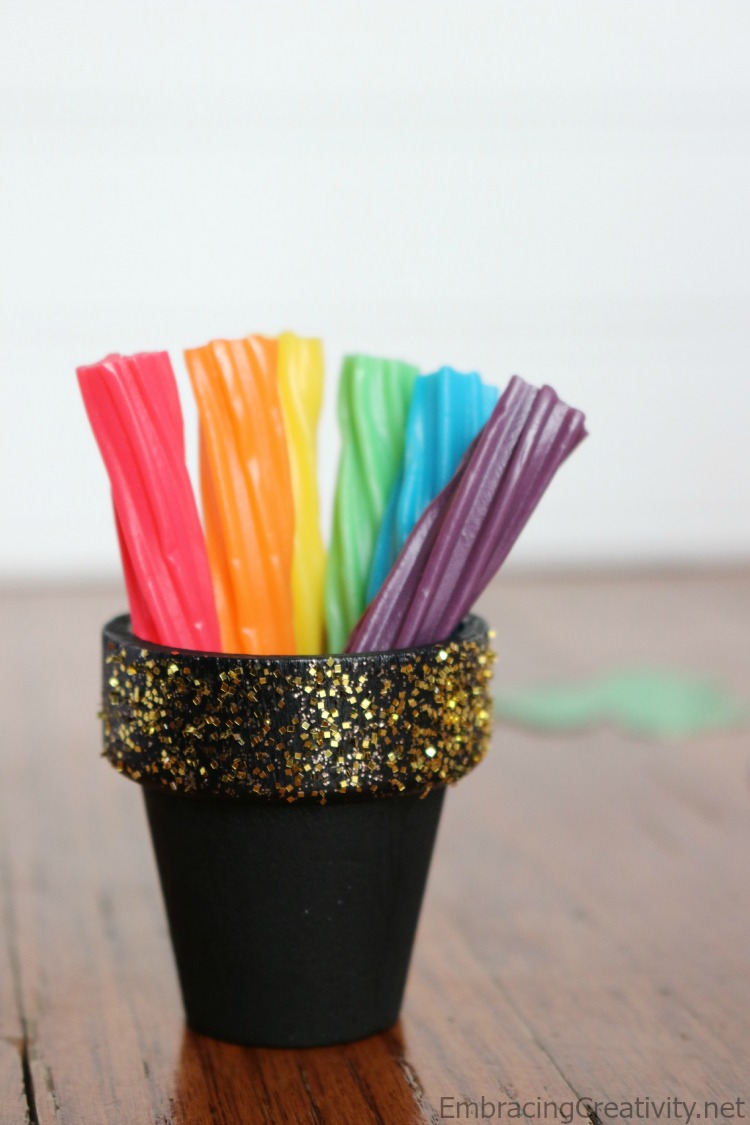
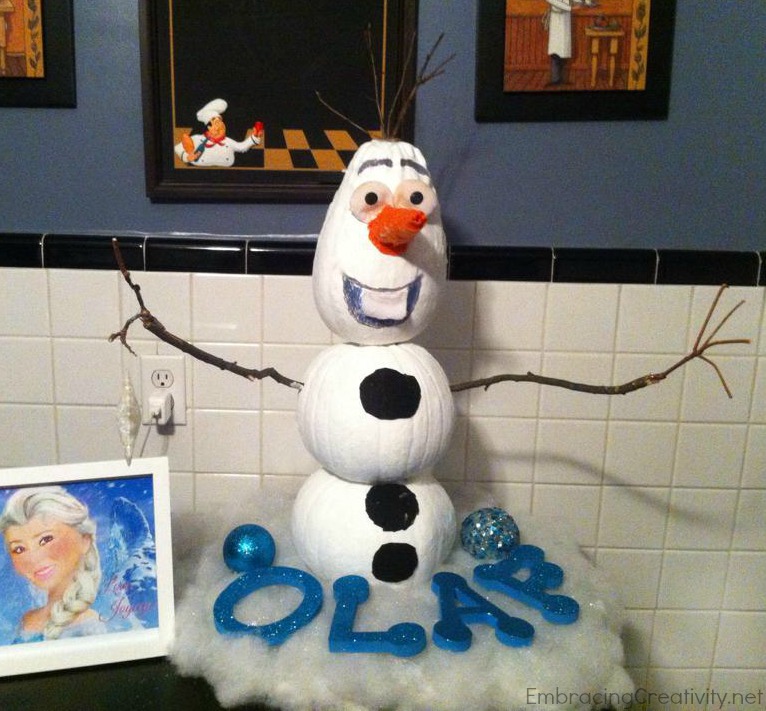

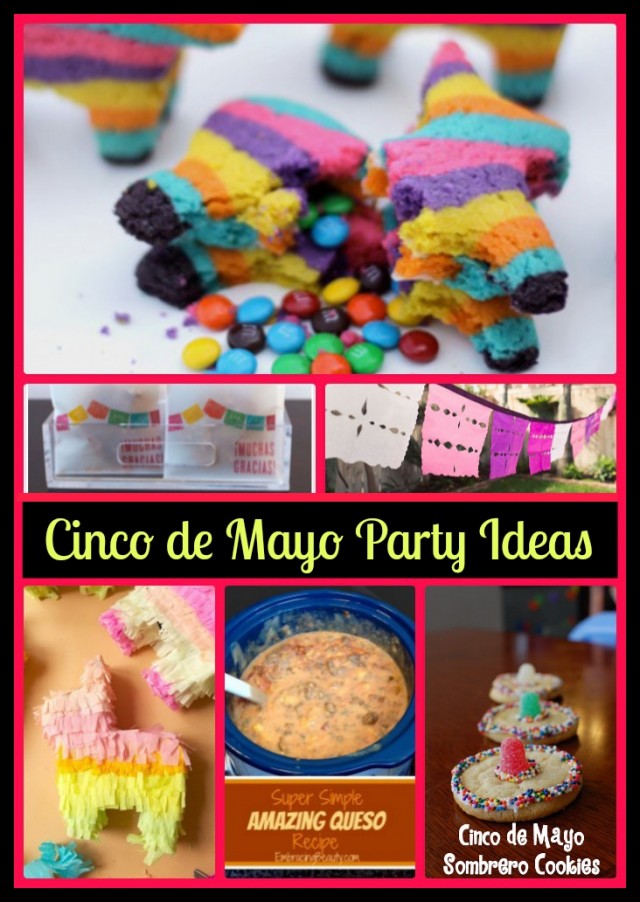
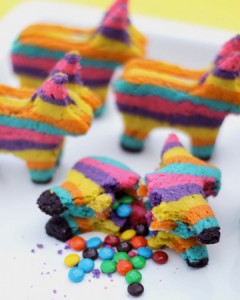
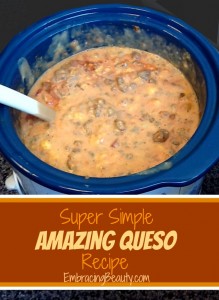
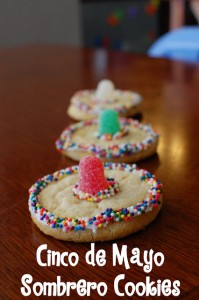
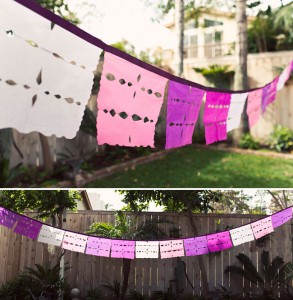

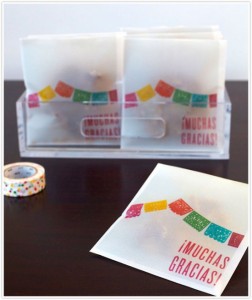

Recent Comments